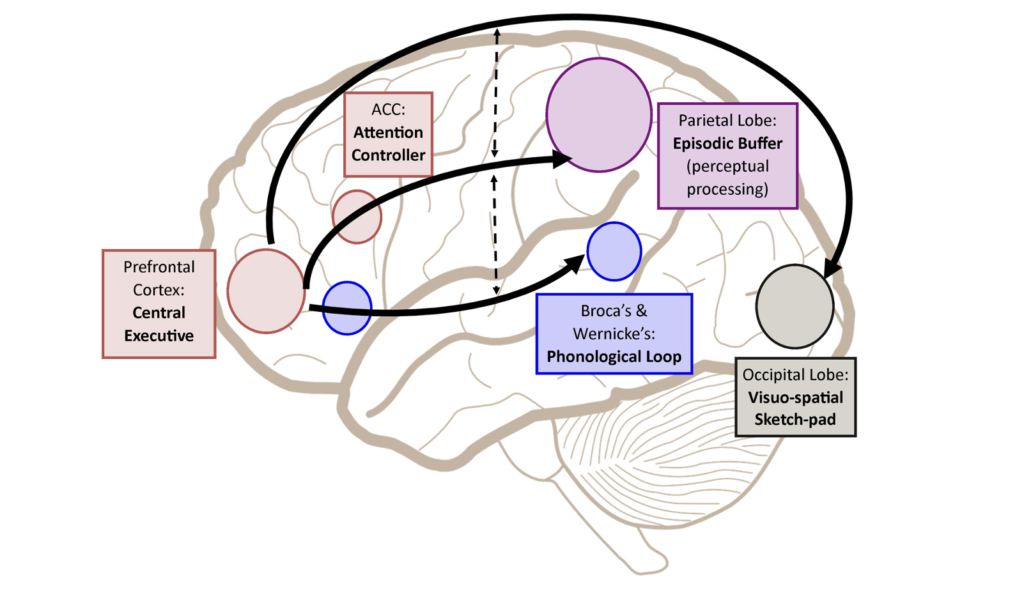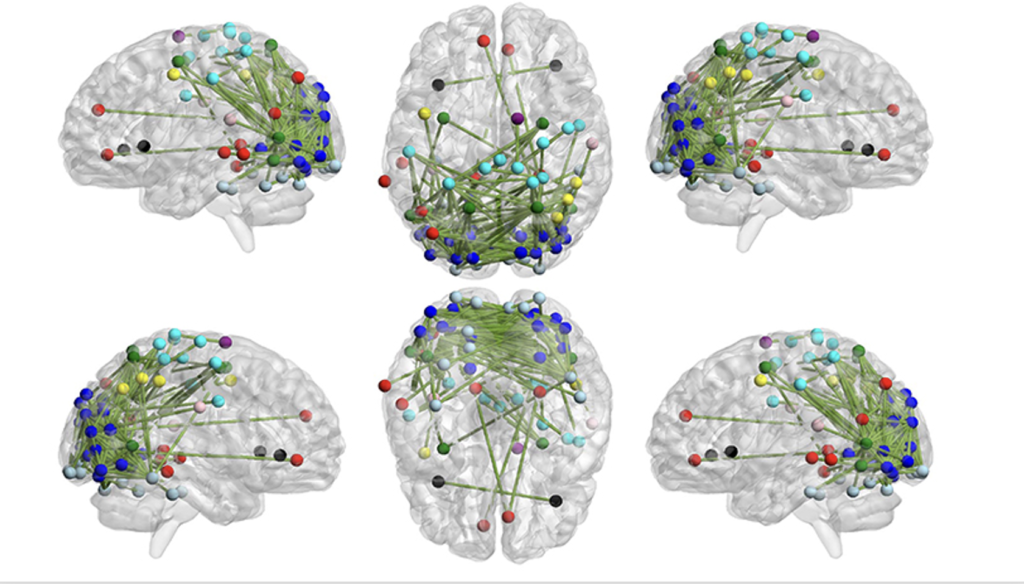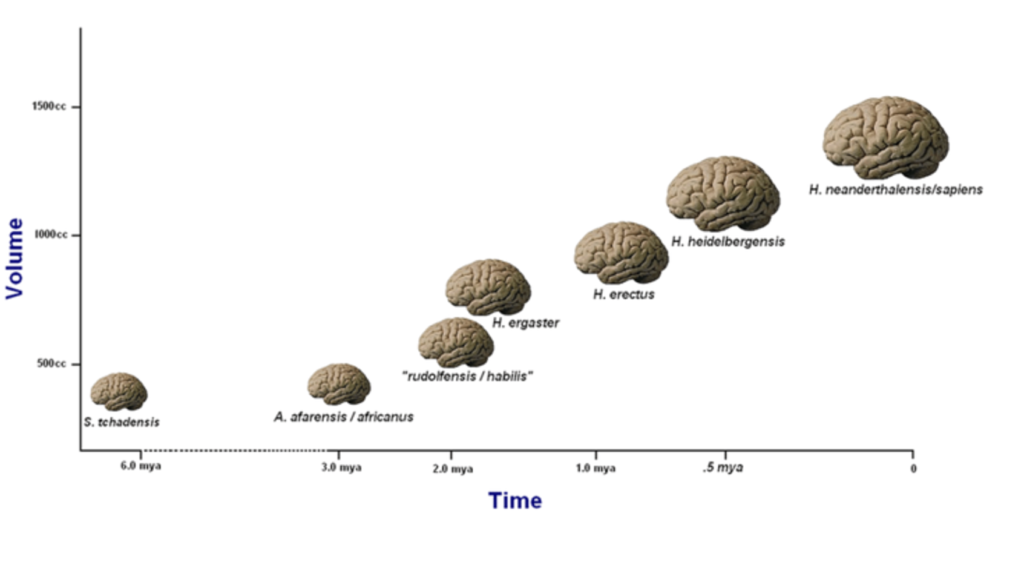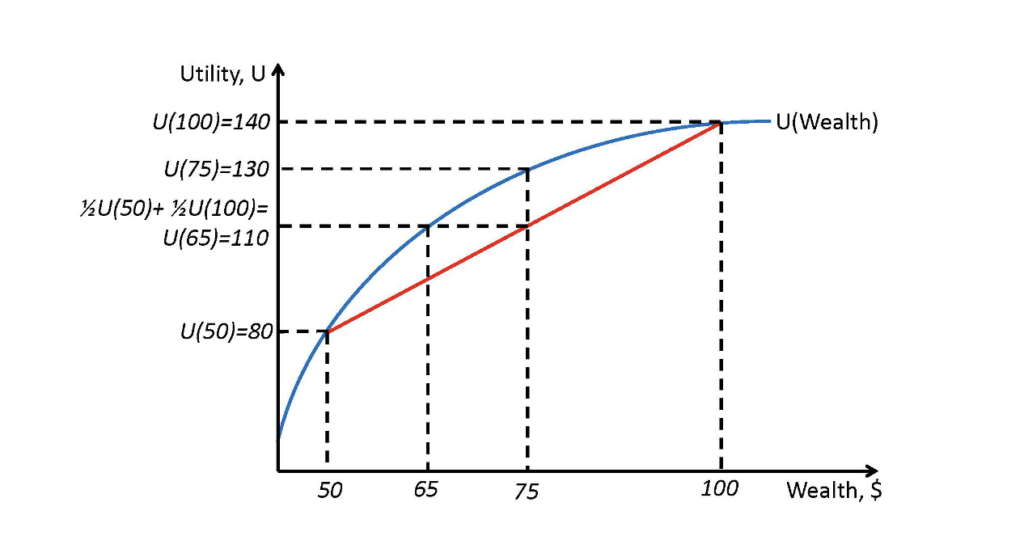
Is there scientific support for brain modularity?
Yes. Neuroscientists and neurobiologists have collected substantial evidence of brain modularity in different processes, including but not limited to memory (declarative vs. procedural), regulation of cognition (performance monitoring vs. implementation of control) and reward evaluation (immediate vs. future).
Double dissociations have been identified using both imaging techniques and studies of patients with brain lesions. At the same time, neuroscientists argue against a one-to-one mapping between brain systems and functions: each system performs different functions and each function necessitates the intervention of several systems.
Is there evidence of interactions between brain systems?
Yes. Different brain systems perform different, and sometimes incompatible, functions. As a result, the brain may have to select one of the competing options. Conflicts in information processing are a typical example. When a conflict occurs, one system may act as a mediator. However, this does not imply that decision-making is a fully decentralized process with countless participants. Instead, for each particular decision, only a few systems play major roles.


Can the multiple brain system approach be defended on evolutionary grounds?
Yes. Multiple systems can be the result of an evolutionary process whenever an adaptation that serves one function cannot, because of its specialization, serve other functions. A prominent example is memory. Selection pressure has resulted in the development of one system that encodes habits and another system that encodes episodic memories. Note, however, that natural selection promotes neither perfect adaptation nor perfection: adaptation occurs on the available heritable components and it does not anticipate future requirements.

Are economic models too simple to explain the intricacies of brain processes?
No. Microeconomic models were initially designed to explain choices in economic environments which, just like human brains, are complex. The purpose of this type of models is to find a logical mapping between the characteristics of the object of study (the causes) and the observed phenomena (the consequences). Rather than trying to explain all events at once, the model breaks the environment into small pieces and focuses on a subset of them. It deliberately ignores characteristics that are orthogonal to the object of study or modify only the magnitude of the effect, simply because these extra elements pollute the analysis.
Is Neuroeconomic Theory relevant for economics?
Depending on how we define “economics”, it may or may not be relevant. The debate, however, seems futile. This research does not take a stand on that issue. Instead, it argues that the question is of scientific interest, and the tools from economic theory are well adapted to address it.

